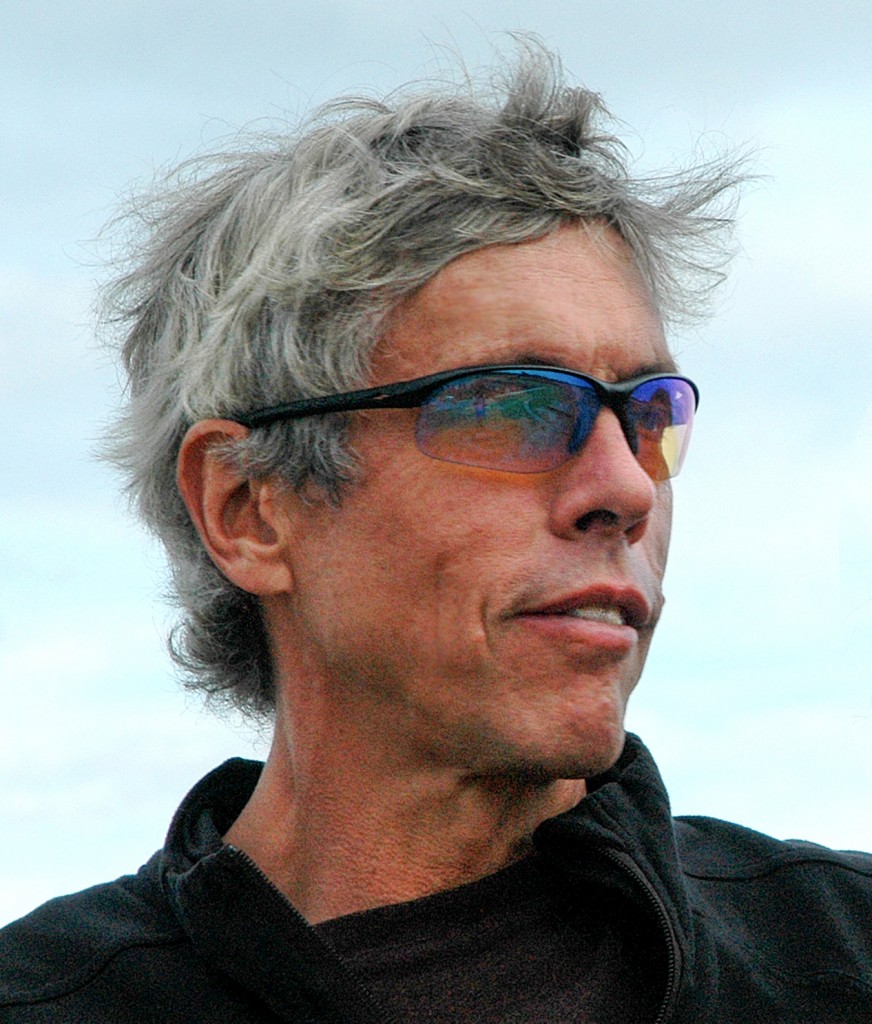
ĭear star-nosed mole: What is that weird thing growing on your face?Īctually, that’s my nose. I stick my face into the bodies of the dead animals I eat, and feathers would get pretty messy. These animals explain why these looks help them survive, using simple language.ĭear Egyptian vulture: Why no feathers on your face?Īre you sure you want to know? Really? Okay, I’ll tell you.

The pictures present 25 animals with something strange about the way their face looks. This book is a simple introduction to the fascinating world of animals for younger readers. His cut-paper art is amazingly detailed and realistic. Steve Jenkins’ books are unfailingly fascinating.


Borrow a streaming service password from family– however you define it!–and enjoy.25 Animals Explain Why They Look the Way They Do Representation matters, and these films provide a variety of archetypes, stories and styles for you to lose and/or find yourself in. Pride– real pride– requires self-knowledge, and it's hard to know who you are when you can't see who you can be. While gay characters tended until much too recently to be one-dimensional, white, marginal, and doomed, in 2018 Barry Jenkins won a Best Picture Oscar telling the layered and hopeful story of a gay Black man in Moonlight. Queer cinema has evolved too, from the shoestring brilliance of The Watermelon Woman to the big-budget glitter-fest that is Rocketman. But queer characters have come a long way in a relatively short time, from the self-loathing middle-aged men of 1970's The Boys In The Band to the headstrong misfits of this summer's Fire Island. LGBTQ-centered films are still pretty rare– particularly from major studios, as the buzz around Bros reveals.

But it's also an opportunity to learn your queer history, and a self-curated LGBTQ film festival is a great way to do that. It's a great time to march, and to party, and to be marketed to. It's Pride Month, as a whole lot of rainbow corporate logos have already told you.


 0 kommentar(er)
0 kommentar(er)
